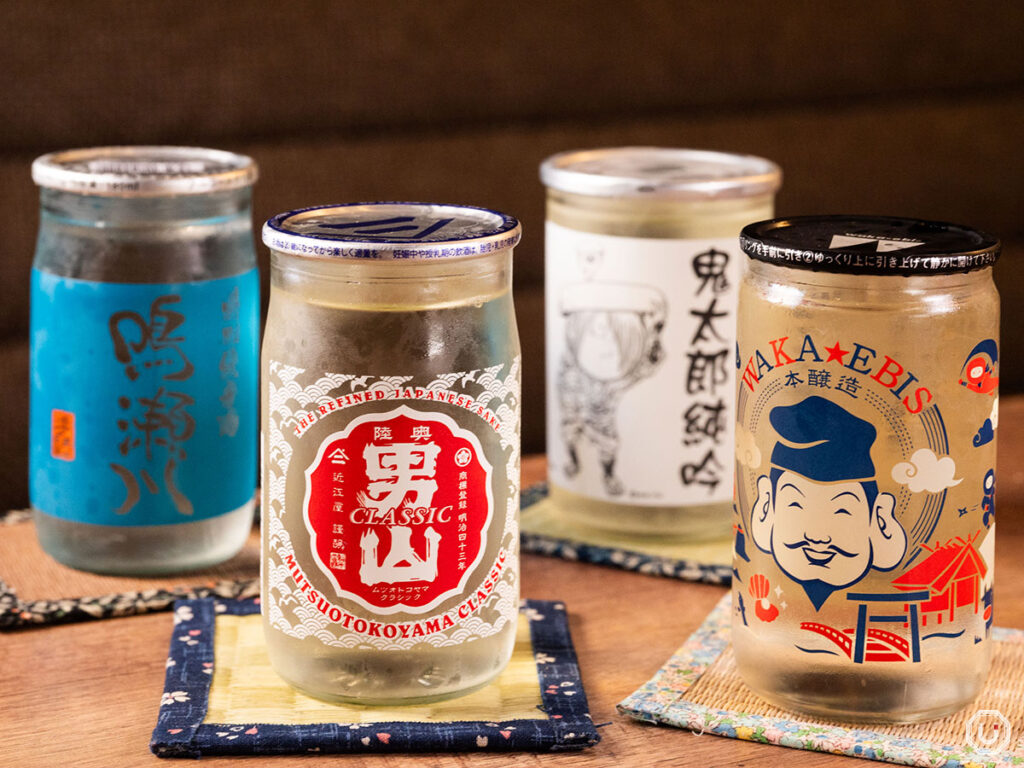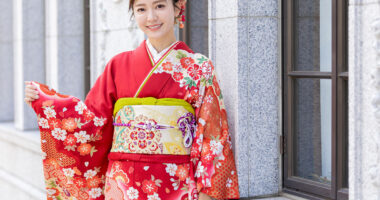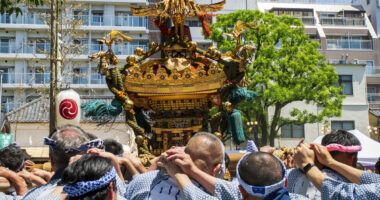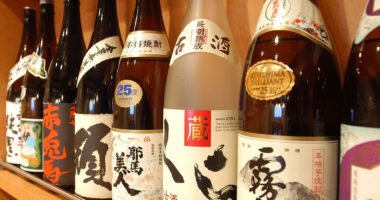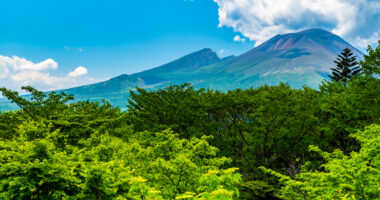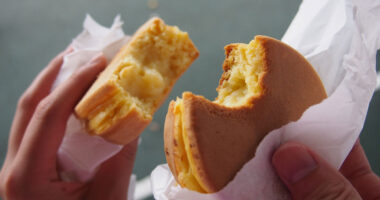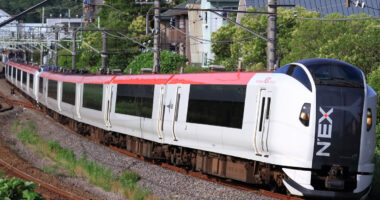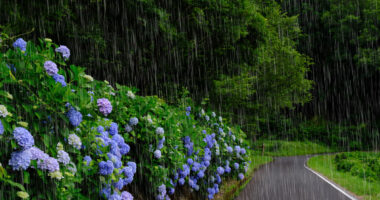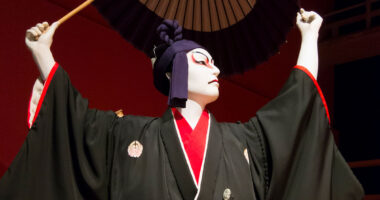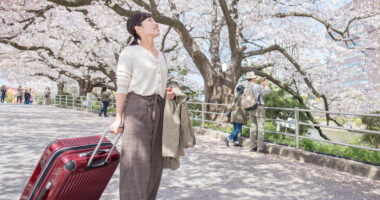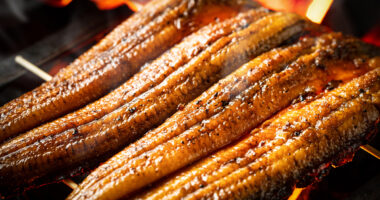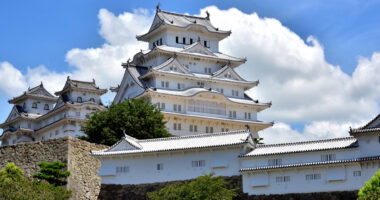For visitors to Japan, nihonshu (sake) is an essential cultural experience. Still, the traditional set of tokkuri (sake flask) and ochoko (small cup) can feel a bit intimidating at first. That’s where kappu-zake (“cup sake”) comes in. Loved by locals and travelers alike, kappu-zake makes enjoying sake easy and casual. This article introduces the basics—what it is, how to choose it, and how to drink it deliciously—so even first-time sake drinkers can dive in with confidence. Read on to discover why this convenient, convenience-store-friendly format makes a great Japanese travel memory.
What is kappu-zake: Japan’s easygoing sake culture
Kappu-zake refers to sake sold in small glass or ceramic cups. Most containers hold about 180–200 ml (6.1-6.8 fl oz), and you can drink straight from the cup—no special vessels required. The format became widespread in Japan from the 1960s and is now an established part of sake culture.
The biggest draw is convenience. Because you don’t need extra drinkware and can enjoy it the moment you open it, kappu-zake is a perfect entry point for beginners. It’s also highly portable, making it ideal for picnics or to enjoy on the go during your trip.
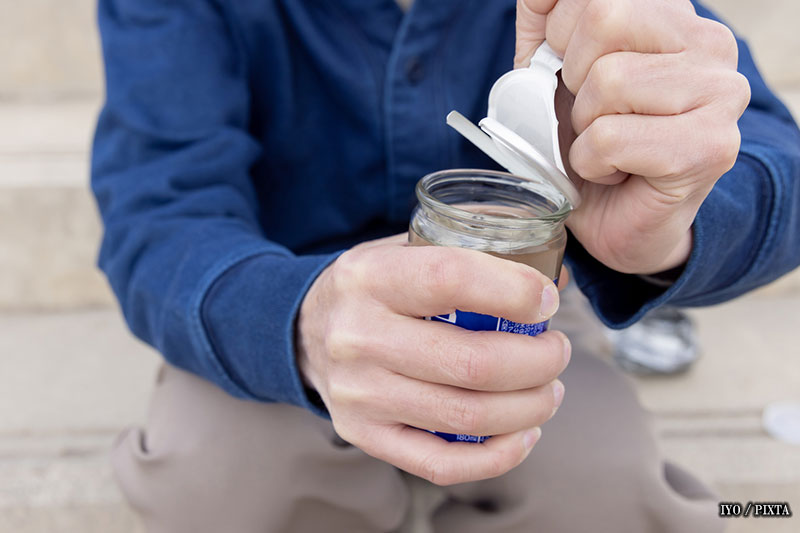
Photo for illustrative purposes
History and cultural significance
Kappu-zake emerged in the postwar era, developed to suit the needs of busy, modern life. Originally positioned as a practical option for workers and travelers, it’s now embraced by a wide audience. It became especially popular via sales on shinkansen trains and at station kiosks, where it’s known for adding a touch of travel nostalgia.
In recent years, breweries have invested more in kappu-zake, offering higher-quality sake in cup format. As a result, kappu-zake has evolved from a purely convenient option into a welcoming gateway for experiencing sake culture.
Kappu-zake isn’t just about convenience—it’s a friendly way to step into sake culture. For broader background on Japanese alcohol types and how to enjoy them while traveling, see our article: “Japanese Alcohol 101: Essential Basics and Tips for Enjoying It While Traveling in Japan.”
Difference between wan-kappu (“One-Cup”) and kappu-zake
Wan-kappu often refers to specific product names, while kappu-zake is the broader category of sake sold in cup containers. Many familiar “One-Cup” products in Japan use glass containers; kappu-zake as a whole includes both glass and ceramic cups.
In terms of size, wan-kappu is typically around 180 ml, while kappu-zake spans a wider range, roughly 100–300 ml (3.4-10.1 fl oz)
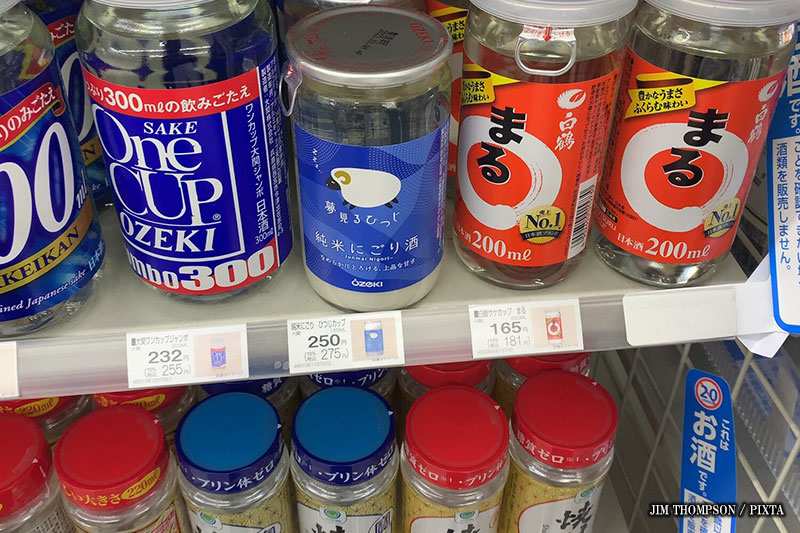
Photo for illustrative purposes
How to choose kappu-zake: key points for first-timers
There are several points to consider when choosing kappu-zake. If you’re new to sake, knowing what to look for—flavor profile, price range, and container type—will help you enjoy it even more. Here are the basics.
Choosing by flavor profile
Kappu-zake is broadly labeled sweet, medium, or dry; beginners may want to start with sweet. Sweeter styles are easy to drink and let you ease into sake’s distinctive character—these often appeal to newcomers as well. Flavor notes are frequently printed on the label, so check before you buy.
Medium offers a balanced profile that’s approachable yet nuanced. Dry emphasizes clean cut and depth, and it’s often recommended for pairing with food.
What price ranges mean
You’ll find options from everyday cups under 200 JPY to premium picks over 1,000 JPY. Even budget cups can be tasty and are easy to grab at convenience stores. Mid-range bottles frequently showcase regional character, while higher-end cups highlight a brewery’s craftsmanship.
Container material and storage
Common containers include glass and ceramic, each with different strengths and storage traits. Glass is transparent so you can see the sake—great when serving chilled. Ceramic offers traditional Japanese aesthetics and tends to buffer temperature changes.
Shelf life and storage also vary. As a rule of thumb, many kappu-zake products are best within about a year of production. Store them away from direct sunlight in a cool place. After opening, drink promptly to enjoy peak flavor.
How to drink kappu-zake deliciously: temperature and basics
To get the best from kappu-zake, temperature matters. Like other sake, its flavor shifts significantly with serving temp, and you can enjoy it across a range. Below are core methods—from chilled to warmed.
Chilling
For chilled kappu-zake, refrigerate for 2–3 hours and serve around 5–10 °C (41-50 °F). At this range you’ll get a refreshing, clean impression—perfect in summer or as an aperitif.
Rather than adding ice (which dilutes the sake), chill the whole cup so the flavor stays true.
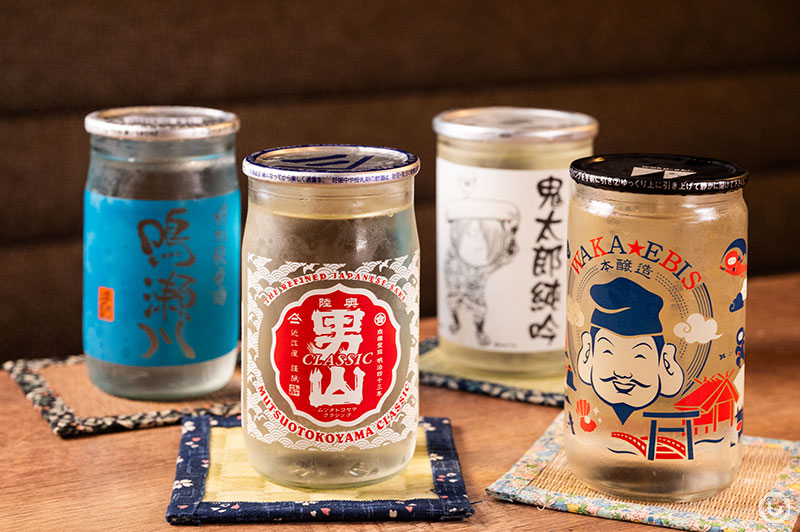
Well-chilled kappu-zake at Kyoto Taishu Sukiyaki Hokuto
Kan (“warm sake”) and temperature control
Kan is the traditional method of enjoying warmed sake—great for colder days or for pairing with hearty dishes. Because the profile changes with heat, you can tailor it to taste.
You can gently warm kappu-zake in a hot-water bath to enjoy a rounder, deeper flavor. A target of about 40–50 °C (104-122 °F) brings out sweetness and umami. Submerge the sealed cup in just-boiled water and warm for roughly 3–5 minutes to reach the sweet spot.
Avoid overheating, which can mute delicate nuances. Note that heating time may differ by cup material—glass and ceramic conduct heat differently.
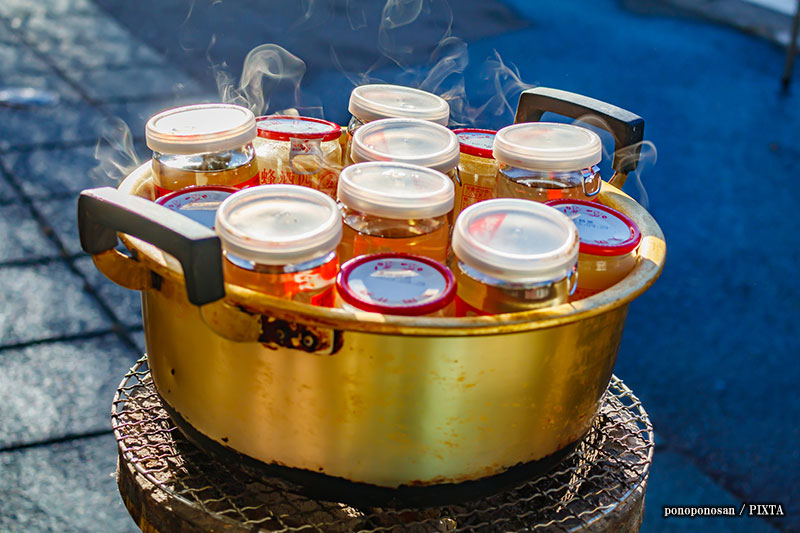
Photo for illustrative purposes
Pairing with food
Kappu-zake pairs well with many dishes, and it truly shines with Japanese cuisine. Serve it chilled with sashimi or sushi to lift the seafood’s natural umami while keeping the palate refreshed. For warm dishes like simmered or grilled items, gently warmed kappu-zake is an excellent match.
It also works with Western fare—try it with cheese or lighter meat dishes. Sampling local foods with kappu-zake during your trip can lead to new flavor discoveries.
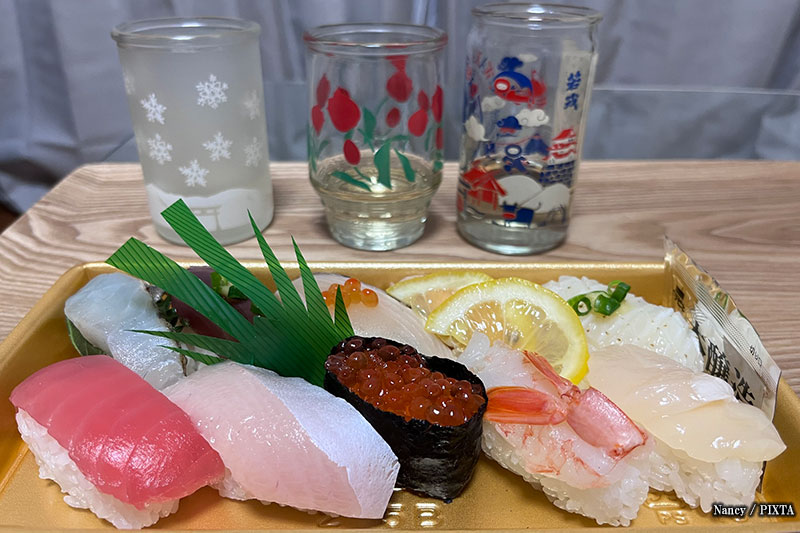
Photo for illustrative purposes
Where to buy kappu-zake and how to use it
You can pick up kappu-zake easily at convenience stores, supermarkets, liquor shops, and station kiosks. Try several labels for comparison or choose a few as gifts—there are plenty of ways to enjoy it.
Buying at convenience stores
Convenience stores across Japan usually stock multiple kappu-zake options, so you can buy them almost anywhere. Many regions also offer local-only items, making it fun to hunt for area-specific cups on your travels.
Another perk is chilled stock—ideal when you want to enjoy it right away. You can also grab snacks at the same time for a simple sake pairing.
Choosing at specialty shops and liquor stores
Specialty shops and liquor stores often carry premium or limited kappu-zake you won’t find at convenience stores. Staff can guide you to options that suit your taste. You’ll also find tasting sets and gift-ready selections for special occasions.
These shops can share deeper details—breweries, rice varieties, bottling years—so you’ll come away with a richer understanding of sake culture. Prices tend to be higher than at convenience stores, but the quality and information are worth it.
Enjoying it while traveling
On the road, look for kappu-zake that highlights local character for a sense of place. Shinkansen and limited-express trains sometimes sell special cups that add to the romance of travel. Many tourist shops also offer regional exclusives you can’t buy elsewhere.
Kappu-zake is perfect for unwinding at your hotel or ryokan—sip local flavors in your room as you relax after a day out. It’s portable, too, so it’s great for picnics and cherry-blossom viewing.
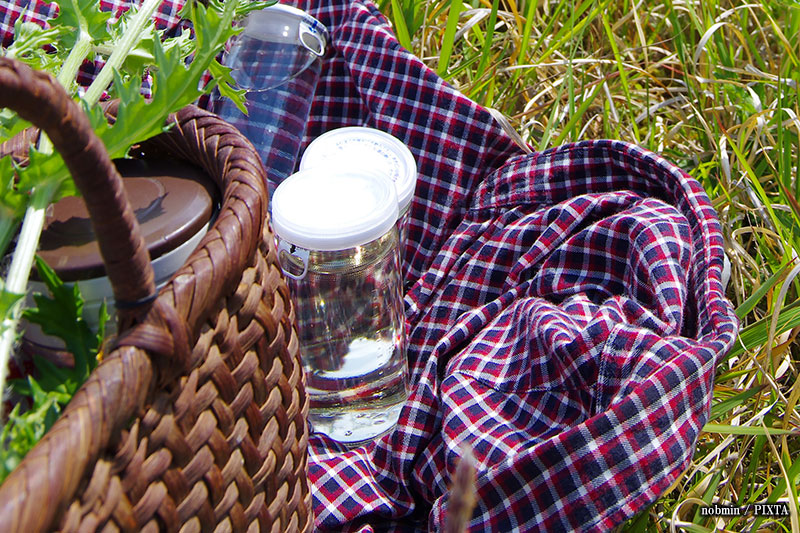
Photo for illustrative purposes
Styles and traits across Japan: regional charms
There are hundreds of kappu-zake varieties nationwide, each with its own character. Climate, water quality, and rice varieties all shape the taste. Here’s what to expect from a few major regions and how to enjoy them.
Northern Japan
Kappu-zake from northern regions is often crisp and clean, reflecting pure water and excellent rice. In Tōhoku, careful brewing in cold winters produces many dry styles with a sharp finish—great with seafood, a natural fit for coastal areas.
Hokkaidō cups tend to have a bold presence, using rice grown on vast farmland. Meltwater as brewing water lends roundness and depth. Be sure to try local cups when you visit.
Chūbu & Kansai
These regions emphasize long-standing techniques and tradition, yielding balanced, elegant profiles. Cups from Kyoto or Nara breweries are often delicate and layered, closely tied to Japan’s classical food culture. You’ll also see ceramic cups here, which add visual appeal.
Mountain areas in Chūbu use pristine spring water to draw out rice umami. Pair these with local mountain-vegetable dishes or river fish to appreciate their best qualities.
Western Japan & Kyūshū
Warmer climates and rich natural environments in the west and Kyūshū produce fuller, more distinctive cups. Influenced in places by shochu culture, you’ll even find some uniquely crafted styles. These kappu-zake pair beautifully with regional comfort foods and make for memorable cultural experiences.
Along the Seto Inland Sea, you’ll find mellow, easy-drinking cups shaped by the mild climate and sea air. Seasonal releases are also common, so flavors change with the time of year.
Summary
Kappu-zake is a welcoming way to connect with sake culture. It’s beginner-friendly yet offers real depth and variety.
Keep the key selection points in mind and serve at the right temperature to discover how rewarding kappu-zake can be. Its convenience—especially the ability to pick it up chilled at a convenience store—adds tasty spontaneity to any trip.
For visitors, kappu-zake is more than just a drink. Through regional cups that reflect local character, you can sense Japan’s diversity of culture and tradition in every sip.
